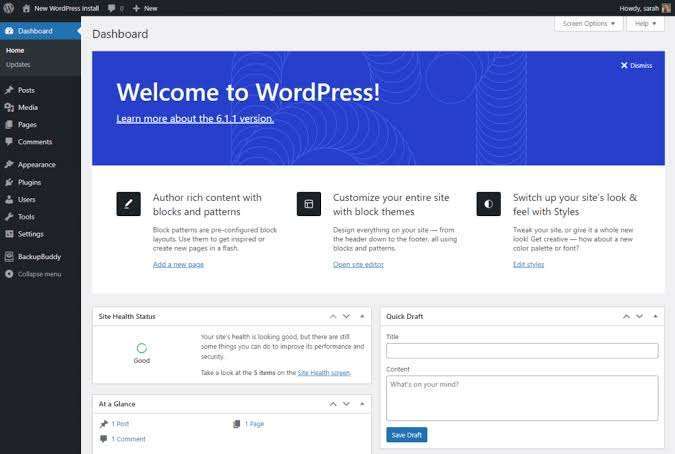WordPress is a powerful platform that enables you to create dynamic and interactive websites. However, there may be times when you need to add additional functionality to your site that isn’t available through its core features or themes. That’s where WordPress plugins come in.
Plugins are small pieces of software that add specific functionality to your WordPress site. Whether you need to add contact forms, social media sharing buttons, or custom post types, there’s likely a plugin available to help you achieve your goals. And if you can’t find a plugin that meets your specific needs, you can always create your own.
In this guide, we’ll provide a comprehensive overview of how to make your own WordPress plugin. Whether you’re a beginner or an experienced developer, our step-by-step instructions will guide you through the process of building a custom plugin and help you take your WordPress site to the next level.
We’ll cover everything from choosing a unique name for your plugin, to writing the main function, to testing and sharing your plugin with the world. By the end of this guide, you’ll have a solid understanding of how to make a WordPress plugin, and you’ll be ready to start building your own custom plugins to extend the functionality of your site.
So, let’s get started and turn your WordPress website into a powerful, custom-built platform!

Here are the detailed steps to make a WordPress plugin:
php
<?php
/*
Plugin Name: Hello World
Plugin URI: https://example.com/hello-world
Description: A simple plugin that displays "Hello, World!"
Version: 1.0
Author: Your Name
Author URI: https://example.com
*/
function hello_world_func() {
echo "Hello, World!";
}
add_action( 'wp_footer', 'hello_world_func' );
These are the basic steps to create a WordPress plugin. You can build on these steps to add more complex functionality and create more sophisticated plugins.
In conclusion, creating a WordPress plugin can seem like a daunting task, but with the right resources and guidance, it’s a relatively straightforward process. By following the steps outlined in this guide, you’ll be well on your way to building a custom plugin that extends the functionality of your WordPress site and helps you achieve your goals. Whether you’re looking to add new features, improve the user experience, or create unique content, a custom plugin is a great way to do it.
We hope that this guide has provided you with the information you need to get started making your own WordPress plugin. If you have any questions or need further clarification, please feel free to reach out. Happy plugin-building!
You must be logged in to post a comment.